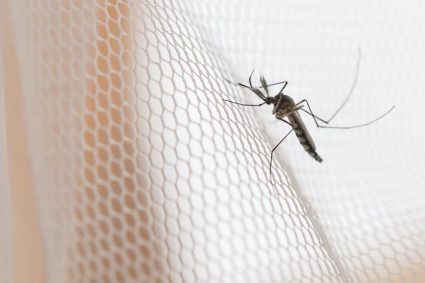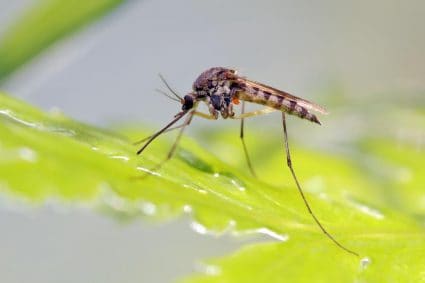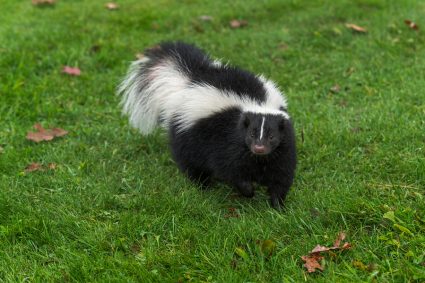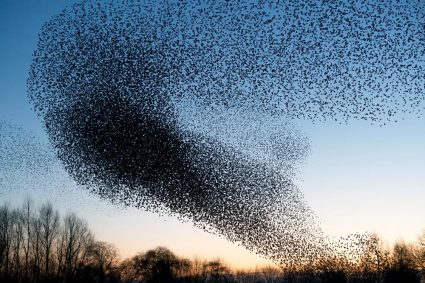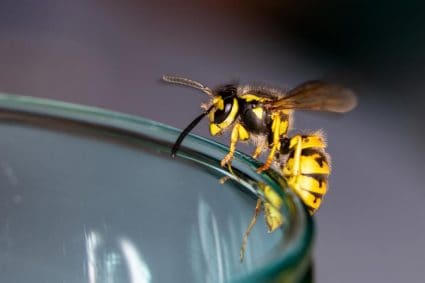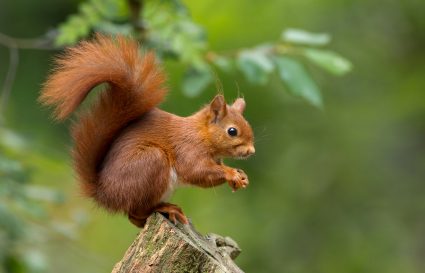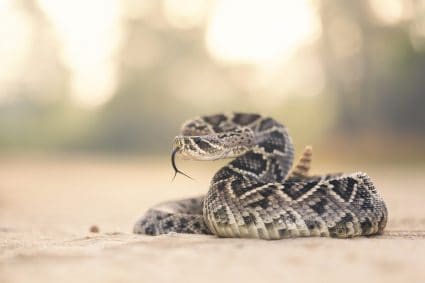
Copperheads are venomous snakes that are often found in various parts of the United States. They are highly adaptable and can thrive in a variety of environments, including suburban and residential areas. While they play a crucial role in the ecosystem, their presence can pose risks to homeowners. This article will provide comprehensive information on how to keep copperheads away from your property.
To keep copperheads away, maintain a clean yard by regularly mowing your lawn and removing debris, use snake repellents, install snake-proof fencing, remove potential hiding spots, control rodent populations, and keep bushes and vegetation trimmed. If you encounter a copperhead, contact a professional wildlife removal or pest control service.
Understanding Copperheads
Before we delve into prevention and control strategies, it’s essential to understand the characteristics and behaviors of copperheads. Copperheads are distinctively colored, with a copper-red head and hourglass-shaped bands on their bodies. They are ambush predators with excellent camouflage skills, often freezing instead of fleeing when approached.
Copperheads prefer habitats that provide both sunlight and cover, such as rocky, wooded areas, dense undergrowth near streams, desert oases, and canyons. They can also be found in suburban and residential areas, especially near streams and woods.
Risks and Dangers of Copperheads
Copperheads, like other venomous snakes, pose a potential risk to humans. Their venom is hemotoxic, causing tissue damage, swelling, and damage to the circulatory system. While copperhead bites are rarely fatal, they can be extremely painful and require immediate medical attention.
Copperhead Prevention and Control
Keeping copperheads away from your property involves a combination of habitat modification, physical barriers, and deterrents. Here are some effective measures you can take:
Maintaining a Clean Yard
Copperheads are attracted to yards with leaf litter, brush piles, tall grass, and standing water. Regularly mowing your lawn, removing debris, and repairing any outdoor plumbing leaks can make your yard less appealing to these snakes.
Using Snake Repellents
Snake repellents like Snake Out can be applied around your yard to deter copperheads. Alternatively, homemade repellents such as white vinegar or ammonia can also be used. However, be sure not to mix these substances, as they can produce harmful gases.
Installing Snake Barriers
Physical barriers like snake-proof fencing can be installed around your property to keep copperheads at bay. These fences should be made of fine mesh and buried several inches into the ground.
Removing Hiding Spots
Copperheads often hide under flat boards and in piles of leaf and mulch. By eliminating these hiding spots, your yard becomes less attractive to them.
Controlling Rodent Populations
Rodents are a primary food source for copperheads. Using traps and baits to control rodent populations in your yard can help deter these snakes.
Trimming Bushes and Vegetation
Keeping your grass and vegetation trimmed and bushes pruned up off the ground can reduce potential hiding spots for copperheads.
Professional Services
If you encounter a copperhead on your property, it’s crucial to contact a professional wildlife removal or pest control service. These experts have the necessary experience, equipment, and knowledge to safely remove and control copperheads, reducing the risk of injury to you and your family. Some of these services include Wildman Wildlife Removal and Exclusion, Animal Control Solutions, Carolina Pest Management, Arrow Exterminators, Any Pest, Innovative Pest Solutions, Virginia Professional Wildlife Removal Services, and Catseye Pest Control.
Conclusion
While copperheads can pose a risk to homeowners, it’s important to remember that they play a crucial role in our ecosystem. By understanding their behaviors and taking proactive steps, you can effectively keep copperheads away from your property. Always remember to handle any snake encounters responsibly and humanely.
Frequently Asked Questions
What time of the year are copperheads most active?
Copperheads are most active from April to October, with peak activity occurring in May and June. They are more active during the warmer months and usually hibernate during the winter.
What time of day are copperheads most active?
Copperheads are primarily nocturnal in the summer. They are most active during the late afternoon and early evening, especially after a rainstorm. However, in cooler months, they can also be active during the day.
What do copperheads eat?
Copperheads primarily feed on rodents, but they also eat other small mammals, birds, frogs, insects, and even other snakes. They are ambush predators that wait for prey to come within striking distance.
Can copperheads climb trees?
Yes, copperheads can climb trees and shrubs, but they are primarily terrestrial snakes. They usually climb to pursue prey, escape from predators, or find a sunny spot.
What should I do if I get bitten by a copperhead?
If you are bitten by a copperhead, you should seek immediate medical attention. Keep the bitten area lower than your heart to slow the spread of venom, avoid moving as much as possible, and do not attempt to remove the venom yourself or use a tourniquet.
Are there any animals that prey on copperheads?
Yes, several animals are known to prey on copperheads, including kingsnakes, raccoons, opossums, and large birds of prey like hawks and owls.
Do copperheads have any natural predators?
Yes, copperheads have several natural predators, including raccoons, opossums, foxes, large birds, and other snakes. Kingsnakes are immune to copperhead venom and are known to eat copperhead snakes.


